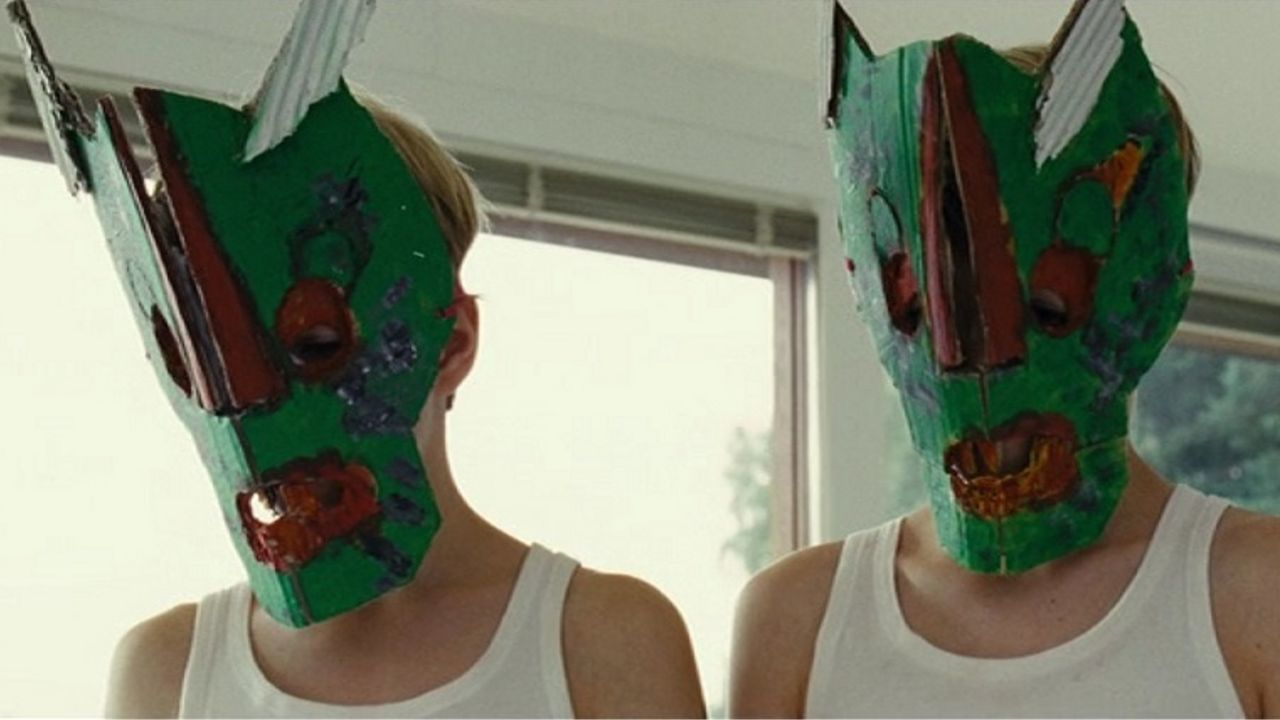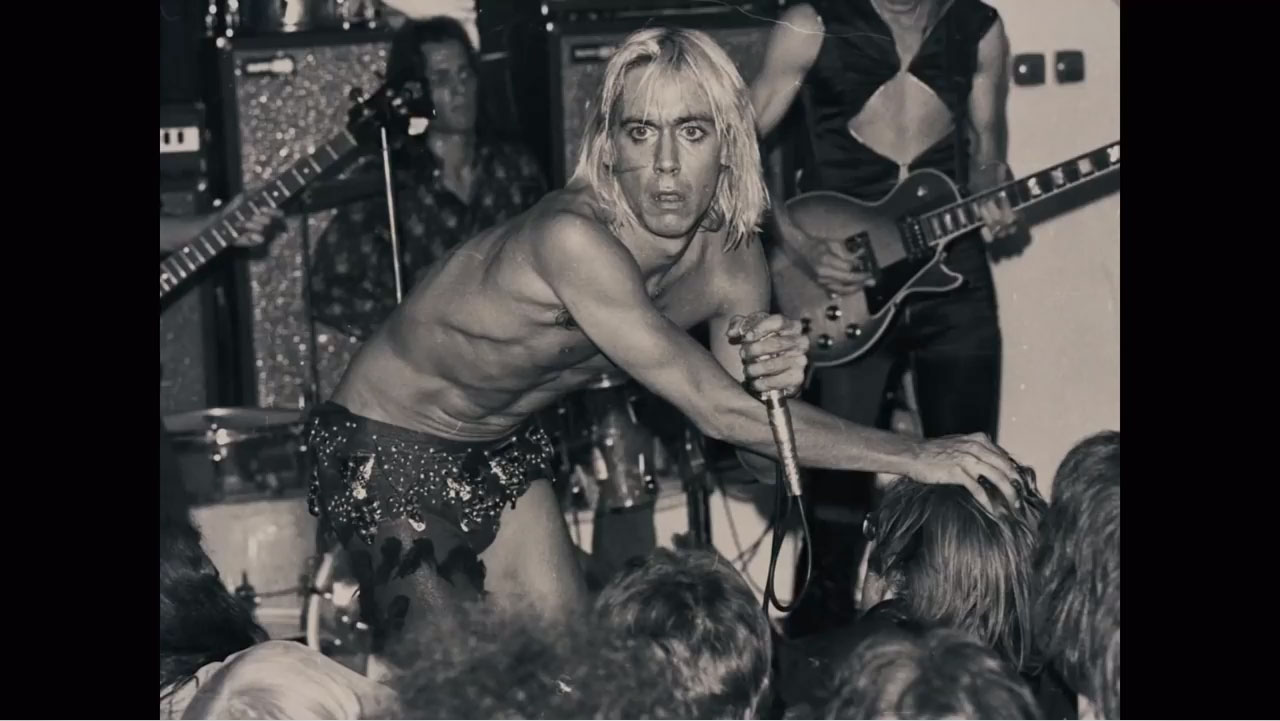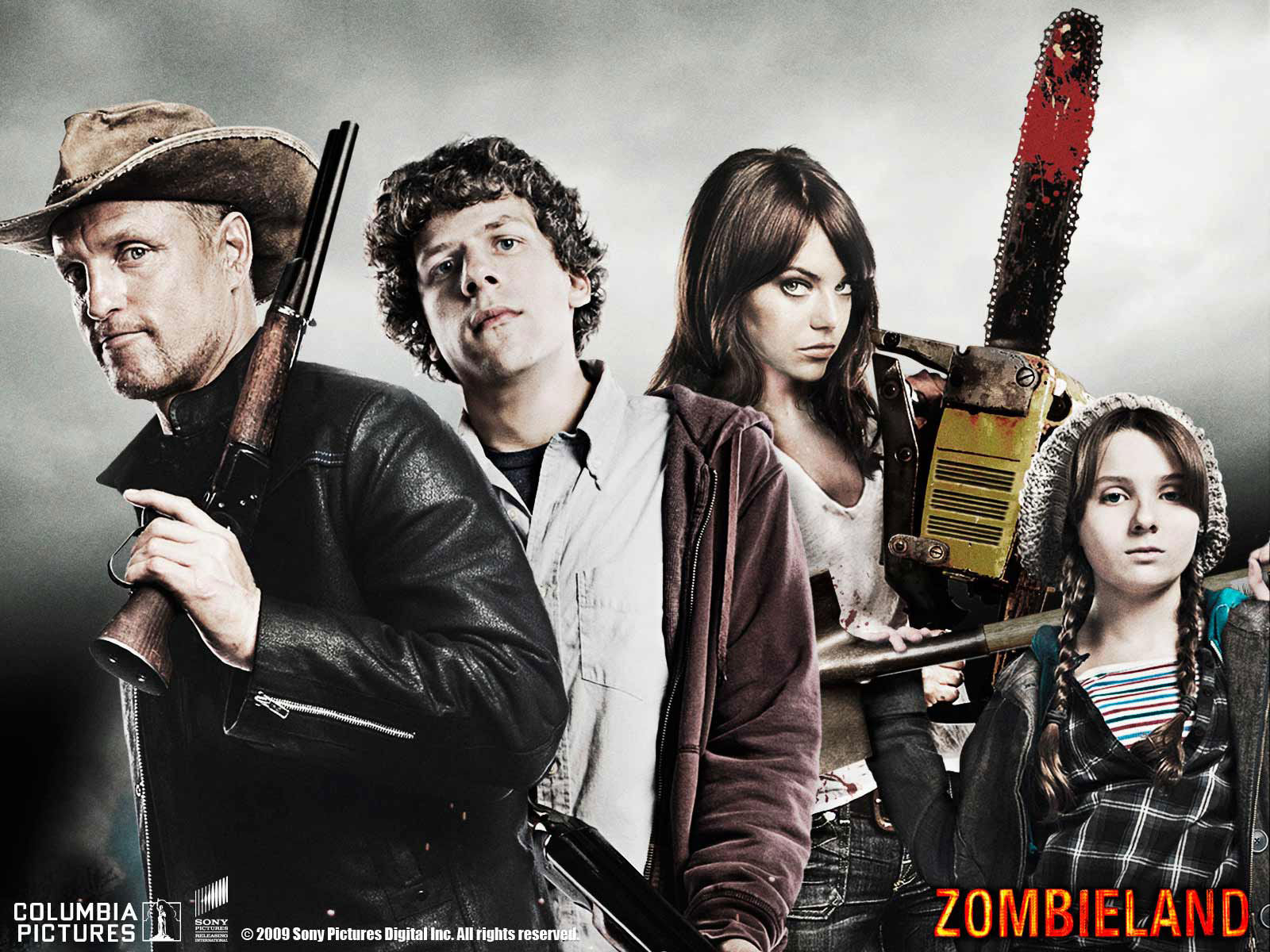All the single ladies, all the single ladies – unfortunately, life does not always turn out as well for us as it does for Beyonce. Today we celebrate and fear the horror that can befall the single parent. Your kids may be monsters. Monsters may be after your kids. You may be the monster. Maybe it’s all three at once. Whatever the case, horror filmmakers have found a way to hit some very effective buttons when exploring the horror potential in a single parent home.
5. The Ring (2002)
Let’s be honest, Rachel (Naomi Watts) is not much of a mother. Were it not for her sloppy parenting, her precocious son Aidan (adorable and creepy David Dorfman) might not even be in this mess. But she left her VHS tape laying around, paid no attention to what he was up to, and now Samara is coming for him.
Gore Verbinski one-upped Hideo Nakata’s 1998 Japanese original Ringu with this deeply creepy, well-executed nightmare, much of it centering on questionable parenting. Both Watts and Dorfman are excellent, each creating a character that is somehow rigid and distant, but you long for tenderness between them. Dorfman’s wise-beyond-his-years performance feels both chilly and vulnerable, and the relationship here creates an off-kilter foundation for the horrific mystery unfolding.
Everything about this film is done well – the images on the video tape, the looks on the faces of the victims, that horse bit on the boat, Brian Cox in the bathtub, Samara climbing out of the well! Verbinski strings together one nightmare image after another, but the tension of whether or not Rachel has the wherewithal to save the son she hasn’t paid enough attention to in the first place is what holds these together.
https://www.youtube.com/watch?v=_PkgRhzq_BQ
4. Goodnight Mommy (2014)
There is something eerily beautiful about Severin Fiala and Veronika Franz’s rural Austrian horror Goodnight Mommy (Ich seh, Ich seh).
During one languid summer, twin brothers Lukas and Elias await their mother’s return from the hospital. But when their mom comes home, bandaged from the cosmetic surgery she underwent, the brothers fear more has changed than just her face.
Inside this elegantly filmed environment, where sun dappled fields lead to leafy forests, the filmmakers mine a kind of primal childhood fear. There’s a subtle lack of compassion that works the nerves beautifully, because it’s hard to feel too badly for the boys or for their mother. You don’t wish harm on any of them, but at the same time, their flaws make all three a bit terrifying.
Performances by young brothers Lukas and Elias Schwarz compel interest, while Susanne Wuest’s cagey turn as the boys’ mother propels the mystery. It’s a hypnotic, bucolic adventure as visually arresting as it is utterly creepy.
3. Under the Shadow (2016)
The tale is set in Tehran circa 1988, at the height of the Iran/Iraq war and just a few years into the “Cultural Revolution” that enforced fundamentalist ideologies.
Shideh (a fearless Narges Rashidi) has been banned from returning to medical school because of her pre-war political leanings. Her husband, a practicing physician, is serving his yearly medical duty with the troops. This leaves Shideh and their young daughter Dorsa (Avin Manshadi) alone in their apartment as missiles rain on Tehran.
When a dud missile plants itself in the roof of the building (shades of del Toro’s Devil’s Backbone), Dora starts talking to a secret friend. Maybe the friend would be a better mommy.
Frazzled, impatient, judged and constrained from all sides, Shideh’s nerve is hit with this threat. And as external and internal anxieties build, she’s no longer sure what she’s seeing, what she’s thinking, or what the hell to do about it.
The fact that this menacing presence – a djinn, or wind spirit – takes the shape of a flapping, floating burka is no random choice. Shideh’s failure in this moment will determine her daughter’s entire future.
https://www.youtube.com/watch?v=4fhejr94P14
2. Psycho (1960)
Was Norman Bates psychotic from the start? Or was he smothered into madness by his mother?
Hard to say – Mrs. Bates can’t speak for herself, can she? Although Norman’s mother is not a character in Hitchcock’s classic, her presence is everywhere. But to be fair, we don’t get to see her as she was, we only get to see her as Norman sees her.
Whatever the case, Norman has an unhealthy attachment to his late mother, a single parent whose relationship with her son may have driven him to some very bad deeds. Part of Hitchcock’s skill in this film is to play with our expectations of the characters.
The heroine has done some questionable things. The villain is the most sympathetic character onscreen. The most relevant character in the story isn’t even in the film. Was Mrs. Bates really a bad mom, or does she just seem like that to us because we see her through Norman’s eyes, and he’s a psycho?
1. Babadook (2014)
You’re exhausted – just bone-deep tired – and for the umpteenth night in a row your son refuses to sleep. You let him choose a book to read, and he hands you a pop-up you don’t recognize: The Babadook. Pretty soon, your son isn’t the only one afraid of what’s in the shadows.
Filmmaker Jennifer Kent’s film is expertly written and beautifully acted, boasting unnerving performances from not only a stellar lead in Essie Davis, but also the alarmingly spot-on young Noah Wiseman. Davis’s lovely, loving Amelia is so recognizably wearied by her only child’s erratic, sometimes violent behavior that you cannot help but pity her, and sometimes fear for her, and other times fear her.
Likewise, Wiseman delivers as a tender, confused, dear little boy you sometimes just want to throttle. Their naturalistic performances genuinely showcase the baggage that can exist between a parent and a child.
Much of what catapults The Babadook beyond similar “presence in my house” flicks is the allegorical nature of the story. There’s an almost subversive relevance to the familial tensions because of their naked honesty, and the fight with the shadowy monster as well as the film’s unusual resolution heighten tensions.
The film’s subtext sits so close to the surface that it threatens to burst through. Though that does at times weaken the fantasy, it gives the film a terrifying urgency. In the subtext there is a primal horror, a taboo rarely visited in film and certainly never examined with such sympathy. Indeed, the compassion in the film may be the element that makes it so very unsettling.









